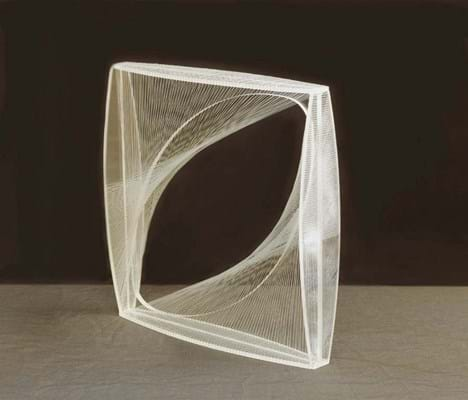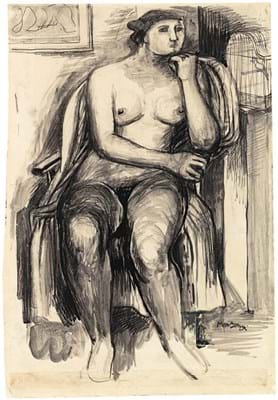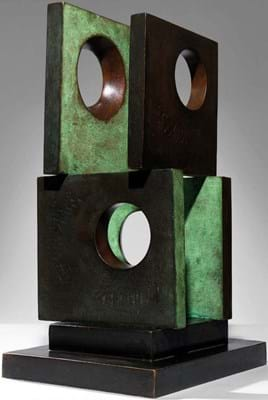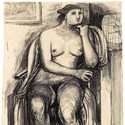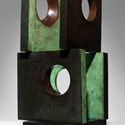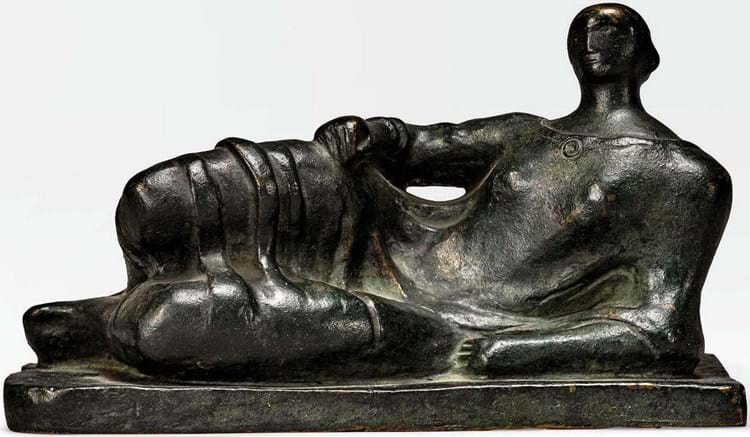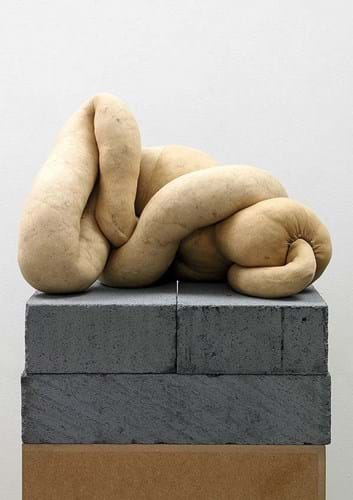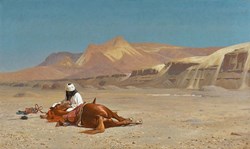The Surrealist roots of Henry Moore (1898-1986) and his legacy feature in an exhibition at Connaught Brown.
Running from May 3-June 15 at the Mayfair gallery, Henry Moore: The Influences and Influenced focuses on his sculpture. It is shown alongside those of other 20th century masters who worked with him early in his career and those who reacted to him later, either in revolt or reverence.
Around 20 works are offered for prices ranging from around £50,000-600,000.
It starts with Moore’s membership of Unit One, the radical art movement founded by Paul Nash (1889-1946) in the 1930s and which was behind the staging of the International Surrealist Exhibition in London in 1936. The organic forms evident in much of the Surrealist art by Nash, Tristram Hillier (1905-83) and others ran throughout Moore’s work, says the gallery’s Anthony Brown.
“That slightly Surrealist and organic work comes all the way through his output, even in the classic works,” Brown says. Referring to one of the highlights of the show, Moore’s 1945 Maquette for Reclining Figure, he adds: “You see that he mixes in the organic to create an image that we relate to because it is not purely classical.”
Join the unit
Pieces by Modernist sculptors Barbara Hepworth (1903-75), also a member of Unit One, and Naum Gabo (1890-1977) are also included, illustrating the use of negative space that defined many of his later works.
Moore is much in the public eye at the moment, with another exhibition, this one focusing on his Helmet Heads, at the Wallace Collection in London. In the last two years he has made several top-level auction results, too, but it could be a good time to acquire some of his works.
“The market for Moore never disappears, like with all the other greats. The market goes up and down and at the moment we’re in a lower stage of the cycle,” Brown says. “Seven or eight years ago, all the big drawings were a million dollars. Now they’re substantially less than that, but they’ll go back up at another stage of the cycle.”
Broadly speaking, Moore’s appeal has also been cyclical. While the exhibition covers later artists such as Sarah Lucas (b.1962), whose organic forms are sympathetic with Moore’s, it also looks at the generation that revolted against him.
By the end of the Second World War, Moore was known around the world, winning the International Prize for Sculpture at the Venice Biennale in 1948.
In 1952, however, Moore returned to the Biennale exhibiting alongside a group of younger sculptors. Lynn Chadwick (1914-2003), Kenneth Armitage (1916-2002) and Reg Butler (1913-81), all members of the Geometry of Fear school, stood in opposition to Moore’s serene natural forms, presenting instead angular, massive industrial works.
The show includes works by Butler Anthony Caro (1924-2013), as well as some of Moore’s later works, such as his 1952 Standing Figure.
“It is such an iconic image,” Brown says. “He is showing that he can meet the younger generation head on and rise above them.”
Moore remains a leading figure in the history of Modern art, influencing artists well into the 21st century, but what drives the appeal can be a subject for debate.
“What is it that makes him such a giant? Why is he so recognised from California to Japan? Norway to Australia? Why is it that so many people relate to him? Why is a sculptor, who, to a great extent worked by himself, had such an impact? We’re trying to open up those questions for people to look at in this exhibition,” Brown says.


